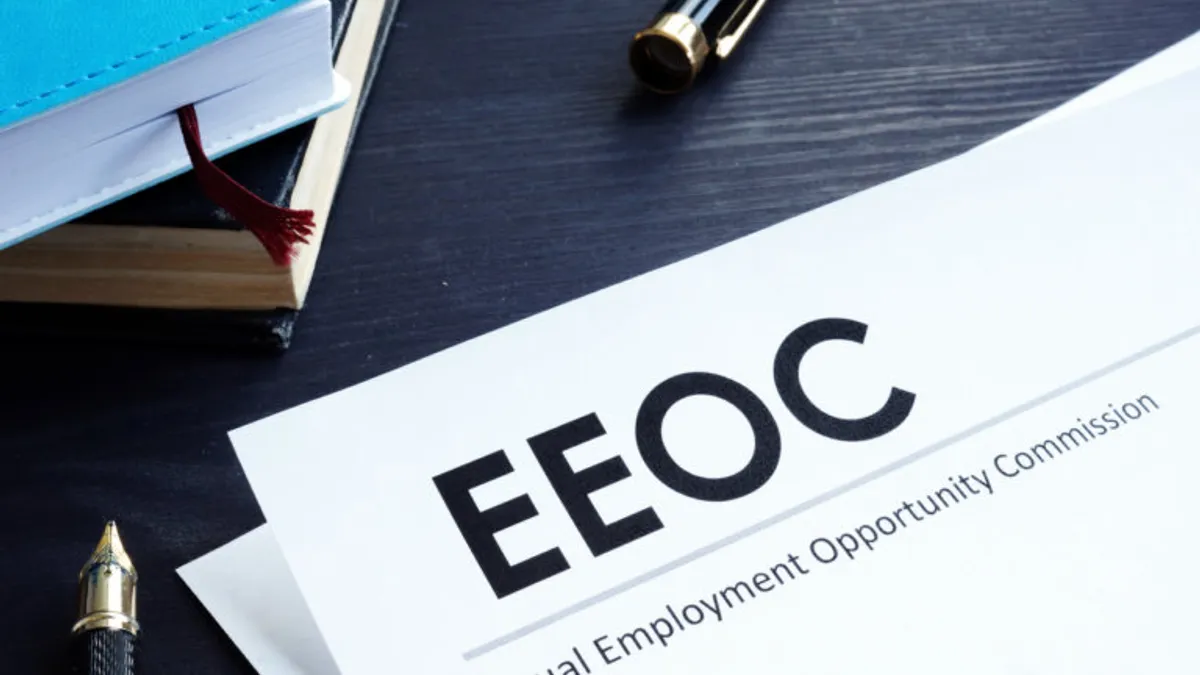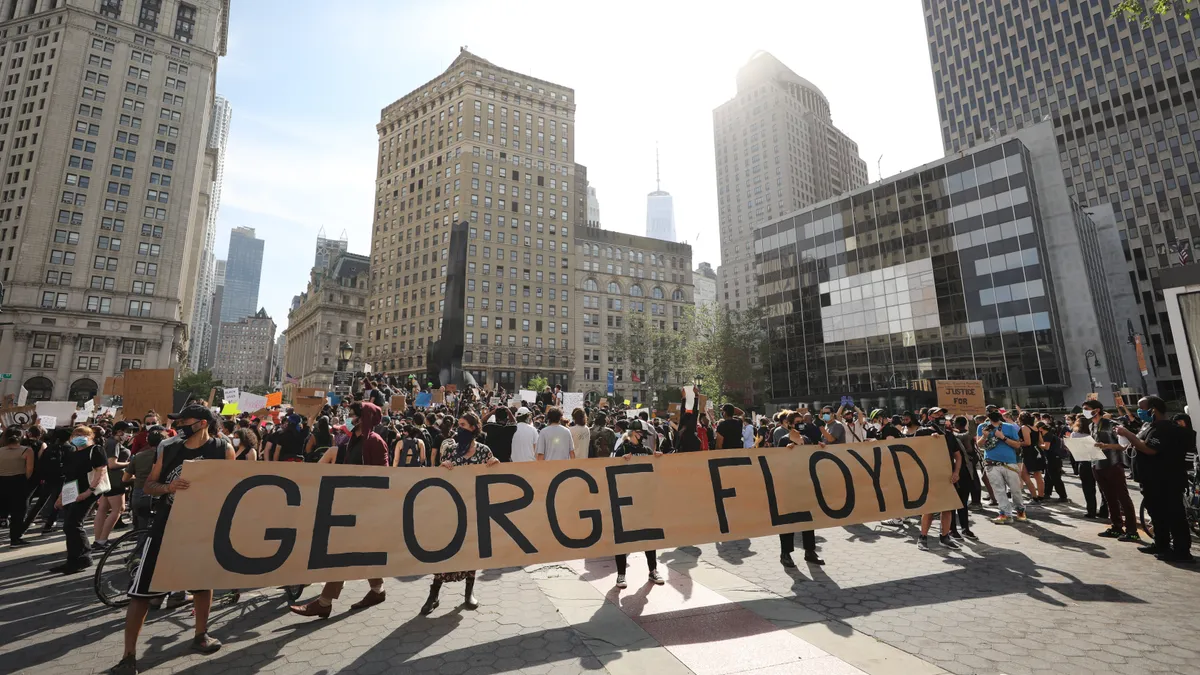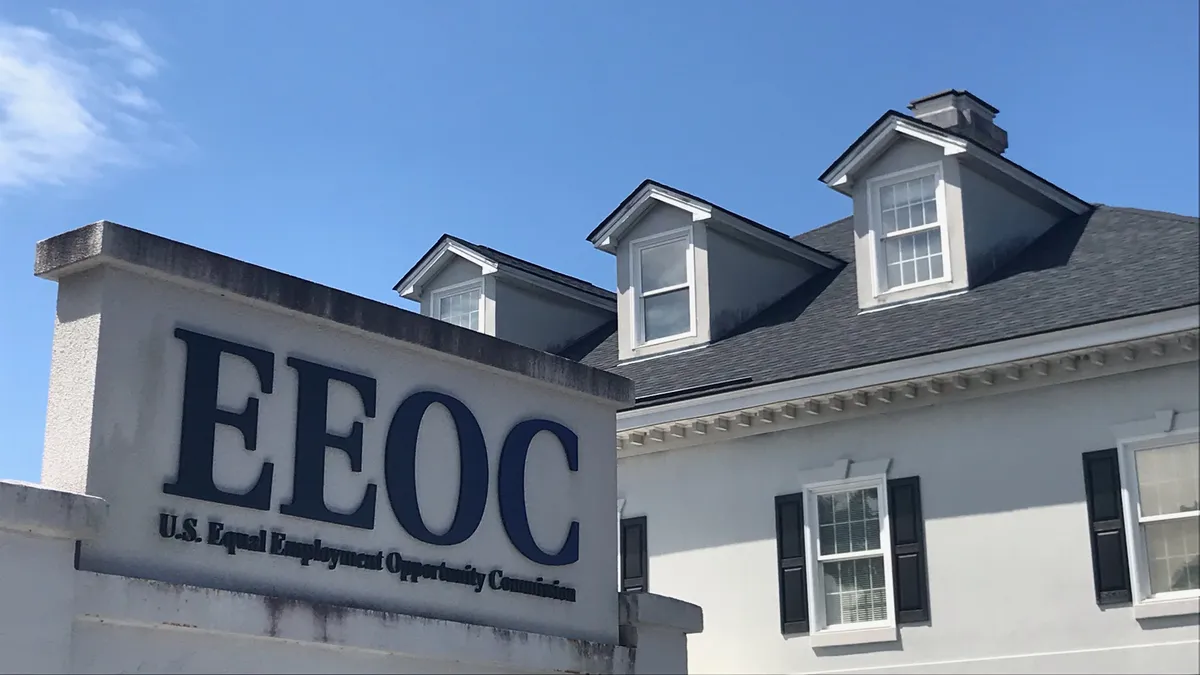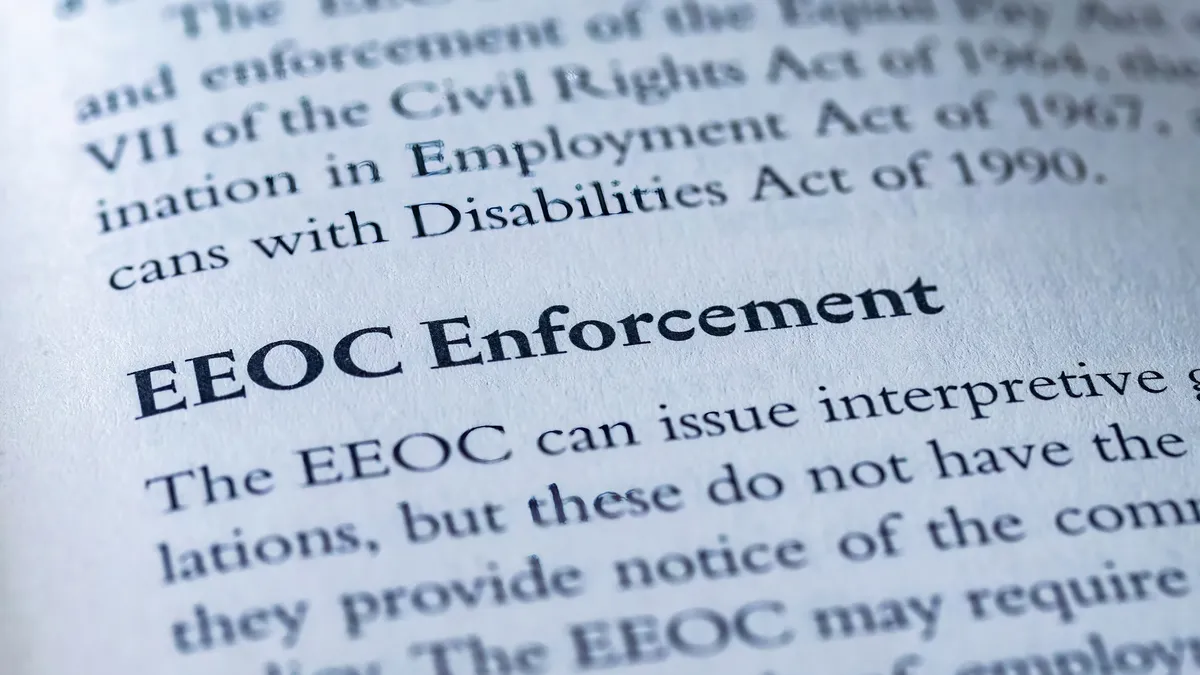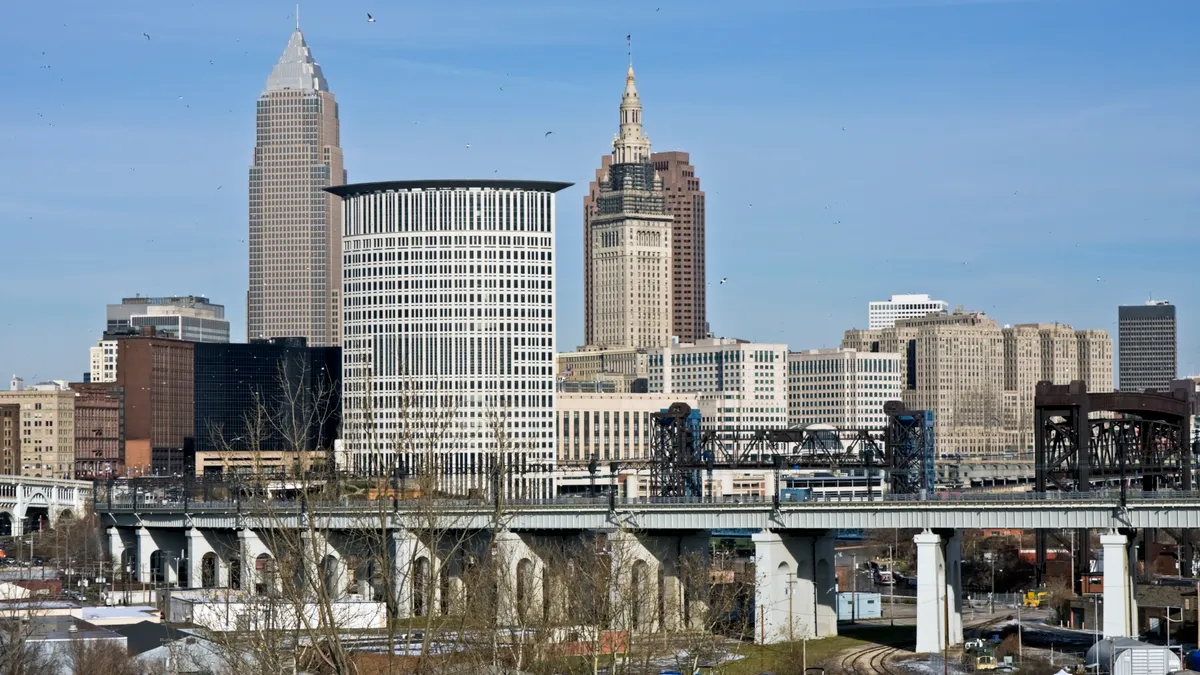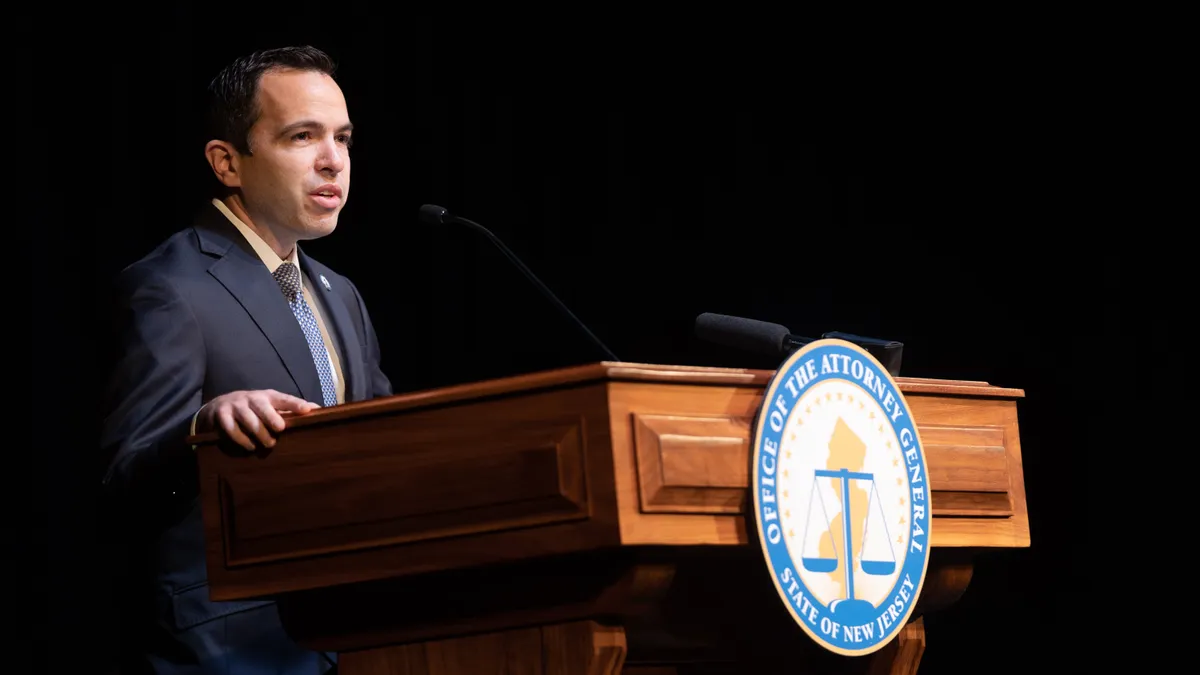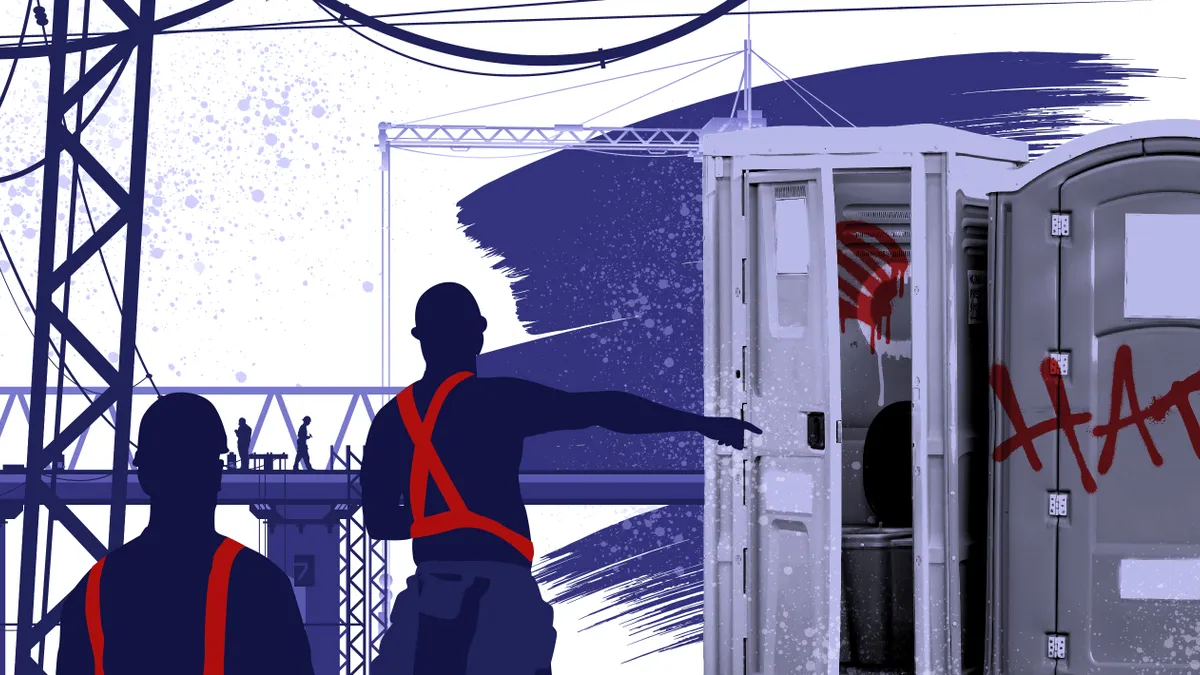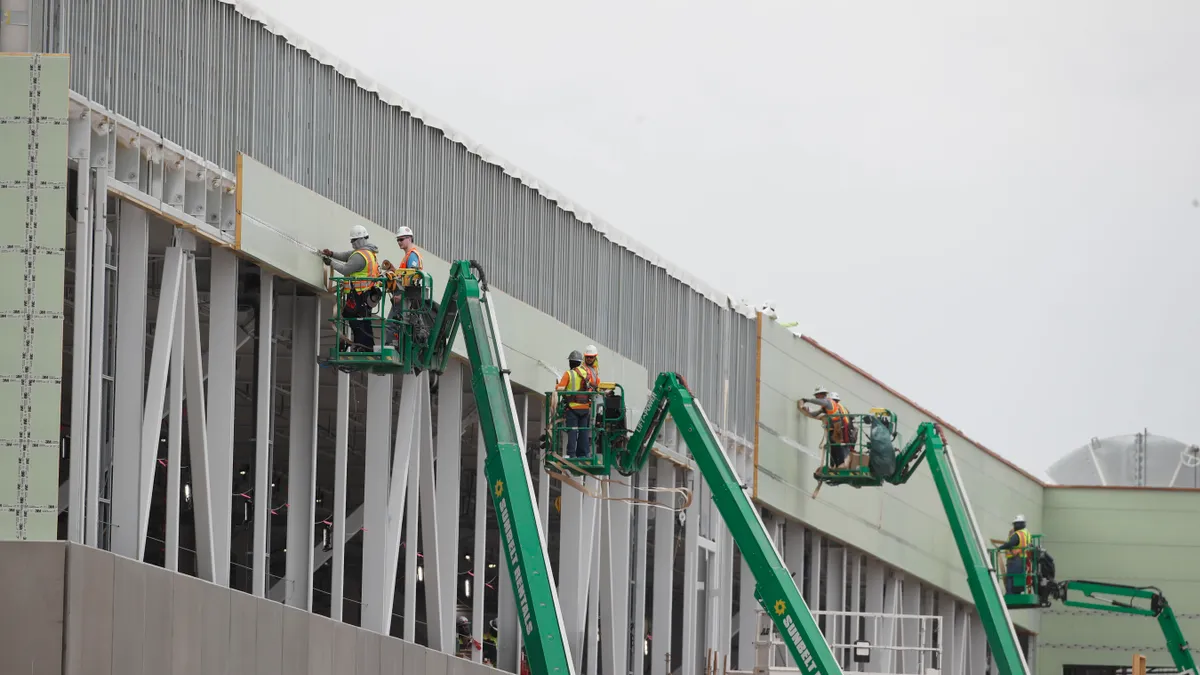Dive Brief:
- The Equal Employment Opportunity Commission has called out construction for its lack of diversity in its latest proposed strategic enforcement plan, the official operating roadmap that will guide the agency’s enforcement efforts through 2027.
- In a section focused on recruitment and hiring practices and policies that discriminate, the EEOC’s proposed plan states “the lack of diversity in certain industries and workplaces (such as construction and high tech, among others), especially in growth industries and industries that benefit from substantial federal investment, are also areas of particular concern.”
- Coupled with a $35 million, or 8%, increase in the EEOC’s budget for fiscal 2023, attorneys say the reference effectively puts the industry on formal notice that the government’s top discrimination watchdog plans to step up its scrutiny of the sector. “I'm a big believer if somebody tells you they're going to do something, take them at their word,” said Kevin Carr, an employment lawyer with Charleston, West Virginia-based law firm Spilman Thomas & Battle. “Well, they’ve told us.”
Dive Insight:
According to the Bureau of Labor Statistics, women, Black and Asian workers are underrepresented in construction, while White workers make up a significantly higher portion of employees compared to the broader workforce.
In May 2022, EEOC held a hearing to probe racism and sexism in construction after scores of bias-related incidents on jobsites gained media attention in the wake of George Floyd’s murder.
During that hearing, officials specifically referenced the $1.2 trillion Infrastructure Improvement and Jobs Act, and what they characterized as their duty to ensure federal dollars weren’t funding hate in the industry. Since then, the EEOC has pursued a number of discrimination cases and settlements, some in the millions of dollars, against construction firms.
The language in the EEOC’s more recently issued SEP seems to reiterate that focus by citing “industries that benefit from substantial federal investment” as being of particular concern.
Looking ahead
The EEOC originally published its new proposed SEP, which covers the 2023 through 2027 fiscal years, in January. It held a public comment period on the document that closed Feb. 9.
The final SEP is subject to approval by a formal vote of the full commission, a process that likely won’t play out until after the agency’s long-empty, fifth seat is filled. An agency spokesperson couldn’t provide a specific timeline on when that might happen.
Carr said regardless of EEOC’s internal timing, construction companies should act under the presumption that the draft SEP has already gone into effect.
“I have operated as if it’s in effect now,” Carr said. “Immediately after their hearing, they started rolling out some of these high-profile settlements and complaints.”
Carr said the emphasis on construction in its SEP not only confirms the agency’s heightened focus on the industry, but also increases the stakes of potential discrimination claims against firms in the space.
“Now, it’s a bigger net,” Carr said. “It raises the price of poker when EEOC is litigating against you, versus a single plaintiff or lawyer.”



